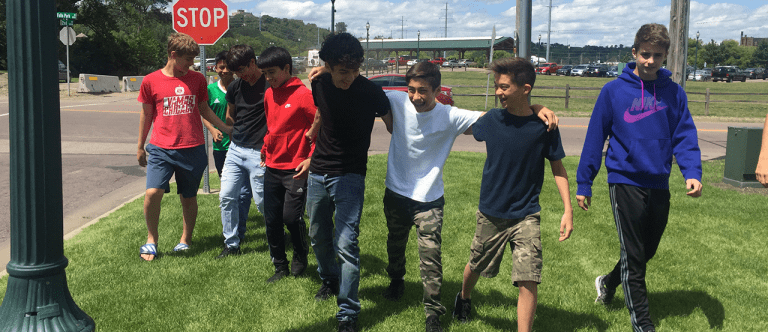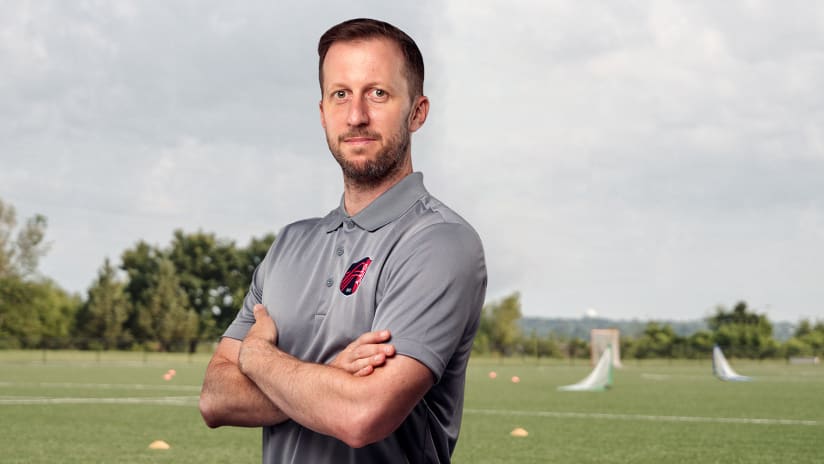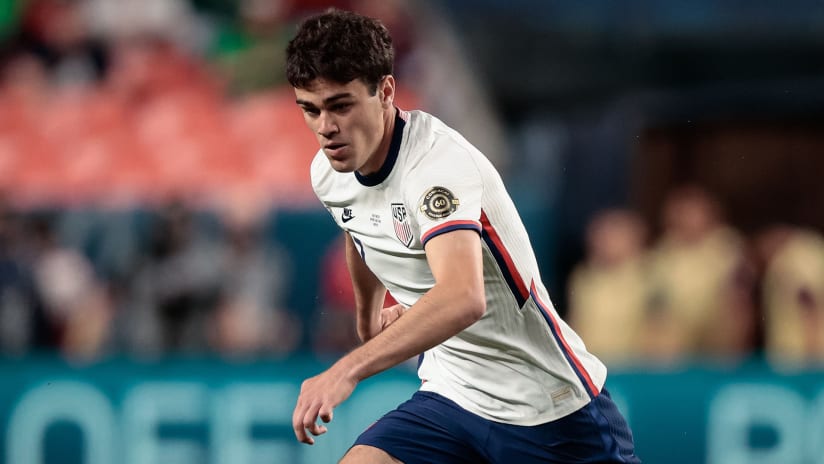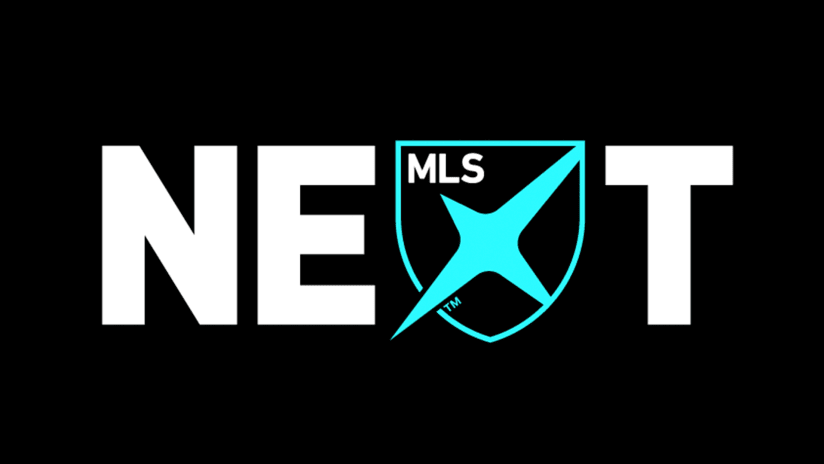Nate Downing was fuming. And five hours is a long time to spend in a car with so much disappointment playing on your mind.
In August 2016, Downing had taken over as 03 Boys Pre-Academy coach for the Chicago Fire Juniors City, a Chicago inner-city Under-14 club team directly owned and operated by the Chicago Fire and formed for the 2016-17 season. The Fire own three U-14 Juniors City sides and have a further eight affiliations fanning out across the east, from Michigan all the way to Fort Myers, Florida. But none had the mandate of the City teams, which were created with the aim of reaching an inner-city population that soccer officials nationwide feel is underutilized and largely untapped.
These Fire affiliates largely play outside the U.S. Soccer Development Academy in companion leagues run by US Youth Soccer. And in the Fire Junior City team’s case, they competed last season in the Midwest Regional League alongside a grouping of other nearby U-14 teams – which meant significant travel to tournament-style match events on weekends throughout the season.
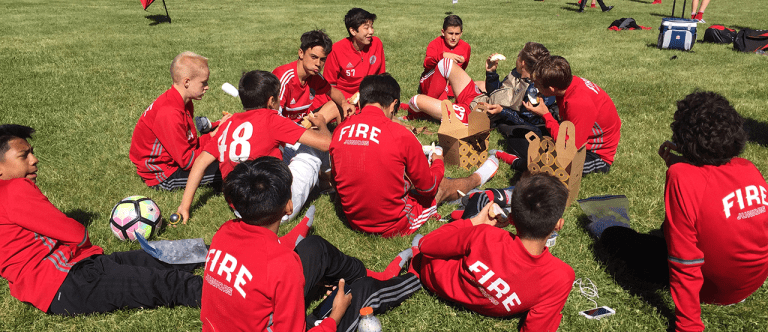
By the time April rolled around, Downing’s Juniors City team had done enough to keep moving toward qualification for the USYS National Championships in Frisco in late July. But the week before one road trip weekend to Ann Arbor, Michigan, in April, Downing lost one of his center backs to a dislocated knee, and the other couldn’t make the trip. The Fire lost their first game and tied their second against the team with the worst record in the MRL.
The performance sent Downing home on that long drive home to Chicago, in a contemplatively sour mood.
“I would say that was like our rock bottom of us figuring it out as a team,” said Downing, who’s been coaching in the Fire youth system for five years. “I told the boys I was not happy. I had a nice five-hour drive back to Chicago, thought about it more and told the boys they had to decide what they want to do.”
All the Fire did from there is reel off a 14-game unbeaten streak before losing only once more all season. Unfortunately for the team, that loss came in the USYS Regional Semifinals, two wins from a berth in nationals.
As far as the Fire are concerned, the season itself was a towering monument to success for a program aiming to probe into areas of the city it feels it can serve more directly. The Fire of course own and operate their own Development Academy apparatus, a fully-funded U13-U19 academy run out of the team’s Bridgeview headquarters; it’s completely free of charge for its players, a pool of the best prospects in its system.
If the DA club is the top rung of the ladder, imagine a series of them leading up to it, and here you have the Fire’s pre-academy and supplemental academy setup. The Juniors City U-14 team fall into the latter category.

On Dec. 8, 2015, the Fire cut the ribbon on the PrivateBank Fire Pitch in Chicago's Northside. Mayor Rahm Emanuel issued a complimentary statement about its impact. The $20-million project dropped a pristine 125,000-square-foot facility directly into the heart of the city. A few months later, the Fire Juniors City team was formed, and within a year it was competing and playing in tournaments with that facility as its home base.
In order to keep the door to its City team as open and free-flowing as possible, the Fire issued about $50,000 in scholarships on the program to subsidize the cost to parents.
“We’ve got kids from the wealthy Roscoe Village area, we’ve got kids from the West side of Chicago, from gang neighborhoods, and then we’ve got some kids from the North Shore too that travel down to the pitch to play,” said Paul Cadwell, the Fire’s senior director of youth programs. “It’s a very racially and socio-economically diverse team.”
The team itself went through its struggles over the course of the season, both on the field and off. At one point in league play the team played with one available sub. One family’s car broke down on the way to a game, and the team had to divert its course halfway through Indiana to pick them up. It was hard to consistently field full-team practices because “a lot of our parents couldn’t afford to take off work,” Downing said.
But the reward on the field was hard to miss. By the end of the season, Downing had his group playing aesthetically pleasing soccer, and by the time they reached USYS Regionals in South Dakota last spring, team manager Christy Shumaker overheard one parent say the Fire were “the team to beat.” All this, despite the team fielding so few players for the trip that it had to borrow from another Chicago Fire Juniors team just to field a full bench.
“It’s just a matter of finding these players and catering to them and making sure they get to practice,” Shumaker said. “If they get what they need, they can make it to games and to practice. I think diving into the inner-city is a great way to find these players. It’s just a matter of how do you keep them on and make sure they’re where they’re supposed to be.”
Downing points to the identification of a player named Joshua Torres as a primary reason why this initiative could be a game-changer, not just for the Fire but as a bellwether for the rest of the country.
Torres joined the team over the winter break and immediately emerged as one of the most goal-dangerous threats in the attacking third. The holding forward changed the complexion of the team, helping turn it from good to national contenders in the blink of an eye. It was all the more incredible to Downing and the Fire staff because Torres had never played on an organized tournament team before. This was his first exposure.
“His dad would take him to this and that, but this was really the first time he’d ever played organized soccer,” Downing said. “He really made a difference for us.”
Torres plans to stay on with the Juniors City team for now, alongside a cadre of his teammates who want to return to wash out the bitter aftertaste left by the season-ending loss in regionals. And the team already produced a player for the full-fledged Development Academy squad, as goalkeeper Quinn Malven was added to the U15 team for the 2017-18 season.
There will assuredly be more of that as the city-based team matures and grows into its own skin. For now, the Fire are simply excited for a youth team that might’ve just opened up a brand new avenue into the city of Chicago.
“The boys never viewed anything as a race thing or through color or ethnicity, ever,” Downing said. “They viewed it as, these are my teammates, these are fellow soccer players. Whenever they got out on the field, everyone was a player and they treated each other like men. It was truly a great experience, and it definitely taught them something, taught me something, I think taught the families. I think it’s an example of something that was very unique. We played 40-some games, and there was no team that had the dynamic that we did, that’s for sure.”
